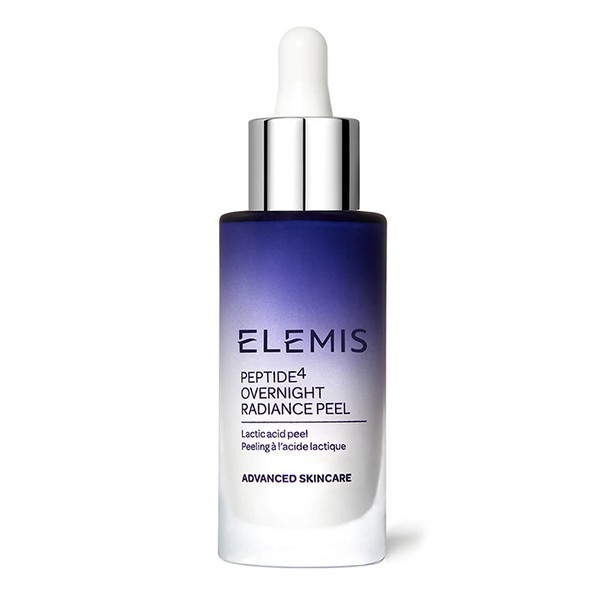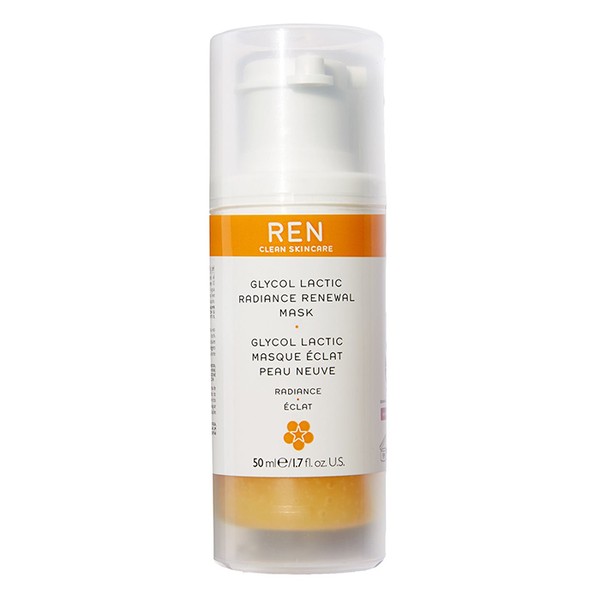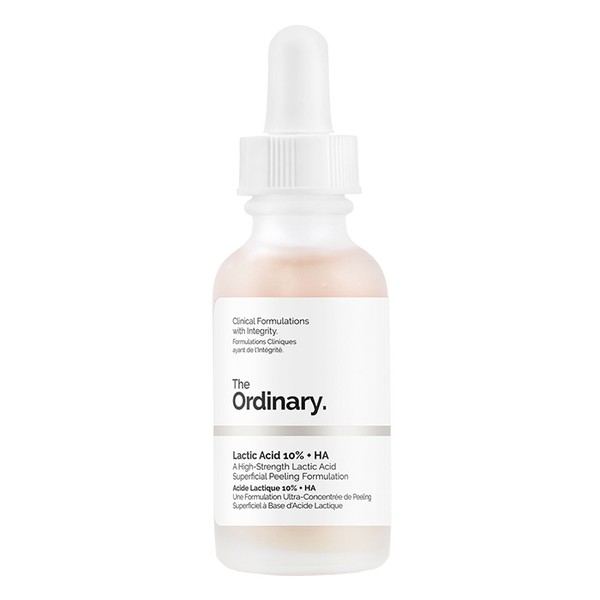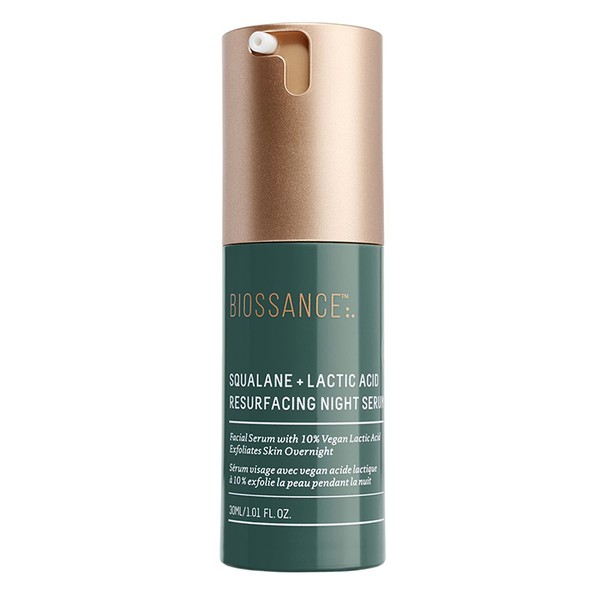Lactic Acid: What It Is & How It Works
Lactic Acid Is Actually Derived From Sour Milk
“It’s an alpha hydroxyl-acid that’s originally derived from sour milk,” confirms dermatologist and skincare expert, Dr. Kemi Fabusiwa. “Most lactic acid formulations found in skincare are actually synthetically produced. In terms of how it works, it helps to exfoliate the skin by lifting away the upper layer of dead and dying skin cells, which in turn, paves the way for a younger, fresher-looking complexion. On top of this, it stimulates collagen production for a firmer, more supple appearance.”
It’s Gentler Than Other Acids
“It belongs to the family of AHAs, which is a group of acids that are designed to exfoliate the skin to varying degrees,” says leading cosmetic doctor, Dr John Quinn. “Glycolic is deemed the most powerful of this group, while lactic acid is gentler because it has a larger molecule size. This means it’s well-tolerated by most skin types and it’s known to work quickly, improving the skin’s natural moisture levels – it’s a natural humectant – while also speeding up your cell turnover. You can use it on both the face and body – it’s useful for Keratosis Pilaris sufferers, too.”
You’ll Find It Works Double-Time
“Lactic acid is very versatile,” continues Dr. Kemi. “Yes, it exfoliates, but it also works to reduce active acne lesions by getting rid of the old, dead skin cells that are trapped within your pores – it’s really quite impressive. With regular use, it also reduces hyperpigmentation and can blur the appearance of fine lines – it won’t get rid of them, but it will smooth them out.” Dr. John agrees: “It’s a popular ingredient in anti-ageing treatments. Working to break down the bonds between dead skin cells, it’s brilliant at preventing dullness and revealing luminous, fresh skin, and you can now find it in plenty of over-the-counter treatments which contain professional grade levels. Also, some studies show lactic acid is great for killing off bacteria, which is what makes it so beneficial for those with breakouts or adult acne.”
Those With Dry Skin Will Benefit Most
“Because of its humectant properties, it’s often recommended to people with dry or sensitive skin,” continues Dr. John. “It’s good for those with darker skin types, too, because it reduces hyperpigmentation, but without causing any damage or stripping of the skin. You can start using it at any age or whenever you see fit – especially if you’ve begun to see textural changes, or you want to work on dark patches earlier.”
Pairing It With The Right Ingredients Is Key
“Because it’s an exfoliating acid, you want to pair it with ingredients that are soothing and calming,” adds Dr. Kemi. “This includes niacinamide or hyaluronic acid for an extra dose of moisture. On the flipside, it’s important you never use lactic acid with other exfoliants – like benzoyl peroxide or retinol. This will only contribute to irritation of the skin and cause further hypersensitivity. Most importantly, when choosing your lactic acid formulation, make sure it suits your individual skin needs and preferences – often the labels will state what skin type it’s best for.”
Application Should Be Kept To Night-Time
“Always apply lactic acid at night,” advises Dr. John. “As mentioned, it promotes cell turnover, which can make skin more vulnerable to UV damage. For this reason, make sure you use an SPF in the morning. It’s now found in every formula under the sun, but for best results, use it as a peel or a mask because it penetrates the skin so well.” Dr. Kemi finishes: “Make sure you apply your lactic acid formula after cleansing and before your serums. A thorough cleanse will allow your acid to absorb better into your skin. Serums should sink nicely into your skin following this type of exfoliation, too.”
Finally, Use It Wisely
“Despite how gentle it is, it’s still an acid,” says Dr. John. “With this in mind, use it wisely and never apply it to irritated or reddened skin. It’s important you build up to usage too, starting with once or twice a week and gradually increasing the amount you apply. Stop the use of any product immediately if you get severe side effects, though it’s worth bearing in mind this is unlikely with lactic acid.”
Shop These Lactic Acid Approved Buys…



DISCLAIMER: We endeavour to always credit the correct original source of every image we use. If you think a credit may be incorrect, please contact us at info@sheerluxe.com.



